-
Detailed aeromagnetic survey interpretation highlights the significant gold- copper porphyry potential at Bell Valley Target Area, within the Belgravia Project:
-
Bell Valley contains a considerable portion of the Copper Hill Intrusive Complex, the interpreted porphyry complex which hosts the Copper Hill deposit (890koz Au & 310kt Cu)1
-
The Copper Hill deposit and several prospects in the adjoining tenement sit within a regional magnetic low feature attesting to its prospectivity
-
The Company has a similar magnetic low feature spanning 5.5km in the Bell Valley Target Area with its existing prospects situated within or proximal to this feature
-
Numerous identified magnetic lows include or lie adjacent to several other Belgravia targets

Figure 1: Processed Aeromagnetic Imagery & Interpreted Magnetic Low Target Features
These findings are from KTA’s recent high resolution airborne magnetic survey and regional compilation at its 100% owned Belgravia Project in the central part of the Molong Volcanic Belt, Lachlan Fold Belt, NSW.
Contractor, MagSpec Airborne Surveys Pty Ltd using a Cessna 210 aircraft, flew at a height between 30m–40m, on 50m east-west line spacing with north-south tie lines every 500m.
The airborne geophysical survey has valued-added to Krakatoa’s understanding of the mineral prospectivity at Bell Valley and in other parts of the Company’s tenure. The Company both recognises and wishes to highlight the significant gold-copper porphyry potential in the Bell Valley Target.
As previously detailed, the Bell Valley Target lies in the eastern portion of the Copper Hill Intrusive Complex. The Complex is host to the Copper Hill deposit containing a global resource of 890koz Au & 310kt Cu (87Mt @ 0.32% copper & 0.27g/t gold comprised indicated resources of 47Mt @ 0.39g/t Au and 0.4% Cu and inferred resources of 40Mt @ 0.24g/t Au and 0.32% Cu, using a 0.2% copper cut-off grade)1.
Magnetic imaging (Figure 1) illustrates the critical relationship between the location of mineralisation and low magnetic signatures (outlined in orange). The Copper Hill deposit and several additional prospects all lie within a discrete low magnetic feature. The Copper Hill deposit has been the focus for historical exploration plausibly at the expense of several underexplored opportunities, e.g. Dash, Lode 3, etc. The low magnetic features, at least locally, can result from the destruction of magnetite by propylitic and phyllitic alteration producing a smooth broad magnetic low over the vicinity of the intrusion.
The imaging also demonstrates the importance that the margins of the major intrusive complexes have on locating porphyry mineralisation, with Copper Hill situated along the western margin and Bell Valley Target Area along the eastern margin.
Krakatoa is rightfully eager to explore the possibility’s presented by having approximately 6km of the “magnetic low signature” interpreted to lie along the eastern margin of the intrusive complex in its Bell Valley Target Area. It is worth noting that geochemical trends and anomalism outlined by the recent aircore drilling program coincide with the northernmost magnetic low at Bell Valley.
The above announcement can be viewed by clicking the link below:
https://www.asx.com.au/asxpdf/20200520/pdf/44hyxc3bzknjny.pdf


